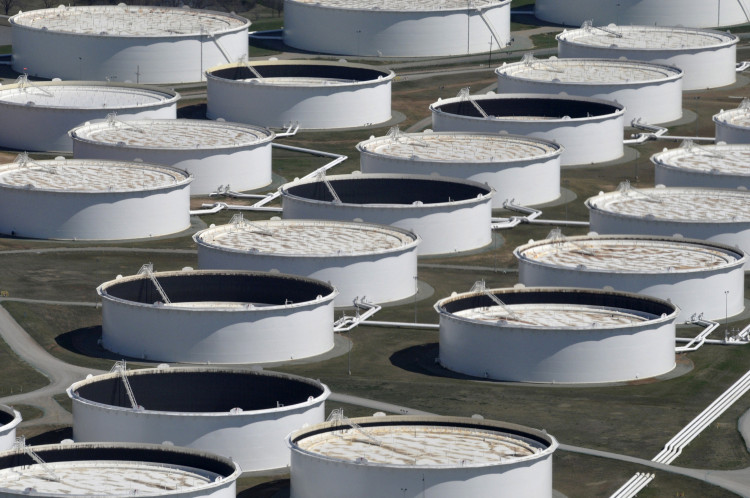Oil prices edged higher on Wednesday as markets reacted to reports of a significant drawdown in U.S. crude inventories. Brent crude rose near $74 per barrel, while West Texas Intermediate (WTI) climbed above $70, bolstered by data from the American Petroleum Institute (API) showing a 4.7 million barrel decline in U.S. stockpiles for the previous week.
If confirmed by the Energy Information Administration (EIA) later Wednesday, the decline would mark the fourth consecutive weekly drawdown, signaling a tightening supply environment. Analysts had anticipated a more modest reduction of 1.7 million barrels.
"Crude inventories globally still seem to be in decline, with the API suggesting a large crude draw in the U.S. last week," noted Giovanni Staunovo, a commodity analyst at UBS Group AG.
The market has seen mixed signals in recent weeks. While geopolitical uncertainties in the Middle East and Europe have lent support to crude prices, the potential for increased production in non-OPEC+ nations, including the U.S. and Kazakhstan, has tempered bullish sentiment.
Kazakhstan's Prime Minister Olzhas Bektenov recently instructed the Energy Ministry to accelerate oil output, targeting an additional 190,000 barrels per day in 2025. This is more than double its current output under the OPEC+ production limitation agreement, signaling a potential shift in global supply dynamics.
Pricing trends for Middle Eastern crude grades are also contributing to market tightness. According to traders, Qatar's Al-Shaheen crude for February loading fetched premiums of around $1 per barrel above regional benchmarks, compared to a 70-cent premium for January.
Market participants are closely watching the Federal Reserve's policy meeting this week, with expectations of a 25 basis point rate cut. While the immediate focus is on interest rate adjustments, the broader implications for the U.S. dollar and energy demand are key considerations for oil traders.
Despite the supportive inventory data, crude oil prices have struggled to break decisively from their equilibrium level near $70. For nearly a week, WTI has oscillated around this mark, with resistance at $71.03-the 100-day Simple Moving Average-and support at $70.12.
On the downside, analysts caution that a break below $67.12 could open the door to testing 2024's year-to-date low of $64.75.






